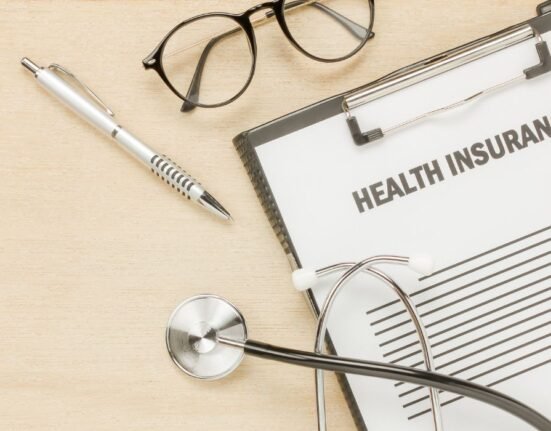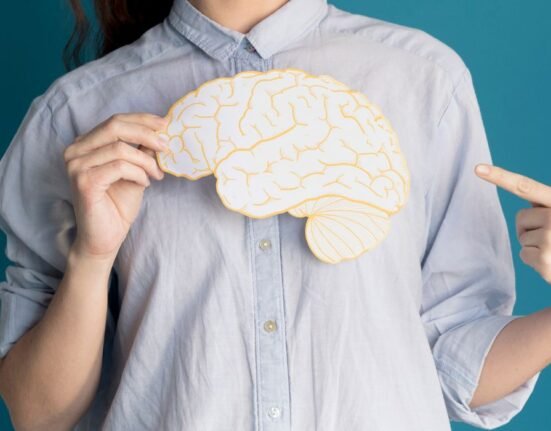3D technology has proven to be a useful tool in medical research. It has not only transformed the engineering sector but has also revolutionized the manufacture of medical equipment, anatomy, pharmaceuticals, and so on. Modern tools have helped medical workers and patients to overcome a variety of medical issues. For example, surgeons have long faced significant challenges while performing complicated procedures. The good news is that by using 3D technologies, these procedures become simpler and more accurate. Overall, modern technology has changed doctor-patient communication for the better.
Patient-Specific Anatomy Models and Their Advantages
Before surgery, a human body 3D patient-specific model facilitates case studies, surgical simulation, pre-operative planning, and collaborative cooperation. Aside from these, it comes with some other prominent advantages. Here are some of the core reasons to use patient-specific anatomy models in pre-surgical planning:
- Insight into the patient’s pathophysiology: With a precise 3D model of the patient’s anatomy in hand, surgeons may gain a clear picture of the genuine anatomy and complicated clinical situations.
- Reduction of the OT (Operation Theatre) time: As the majority of the cases are analyzed and comprehended before surgery using 3D-printed patient-specific anatomical models, physicians know what they need to accomplish and how to proceed during surgery. This pre-planning saves a significant amount of surgical time. It is expected that an average of 30-60 minutes are saved.
- Easier communication with patients: Doctors discuss patients’ medical issues with them and their families. With 3D anatomical models in hand, clinicians can better explain the medicinal and surgical operations they will do. This helps in obtaining permission for medical treatment.
- Easy development of new medical tools: The patient-specific anatomical model also aids in determining the precise types of instruments that will be necessary during surgery. As a result, if any patient-specific instruments are required, they are prepared ahead of time.
- Effective training and education: The replica of the patient’s anatomy aids in the physical simulation of surgery. This assists in teaching and training the surgical team before the procedure.
Thus, we can see how useful these patient-specific anatomical models are in current surgical operations and can improve safety in healthcare. As a result, numerous prominent hospitals and medical research organizations have begun to adopt 3D technology. Gartner, an American research organization, forecasted that by 2027, around 25% of surgeons will use 3D tools for pre-surgical planning. It is indeed true. Today, patient-specific anatomy models are widely employed in pre-surgical planning.
Advancing Diagnostics Using 3d Imaging
3D technology is changing how physicians diagnose and arrange treatments. Physicians may use 3D imaging to see organs, tissues, and bones in great detail. This allows for more precise diagnosis and improved surgery preparation. This capacity increases the accuracy of medical treatments while reducing the risks during surgeries. Patients also benefit because clinicians may utilize individualized 3D models to better explain illnesses and procedures.
The Growth of 3D Printing in Healthcare
3D printing is becoming a common thing in the healthcare industry, notably in the production of personalized prostheses, implants, and even bio-printed tissues. This technology enables highly individualized medical treatments that are adapted to the unique needs of each patient. As a consequence, people may benefit from medical gadgets that are specifically tailored to their anatomy.
These developments are especially useful in fields like as orthopedics and reconstructive surgery, where accuracy and customization are core for patient rehabilitation. we have more to say in this context — 3D technology is expected to have a long-term influence on healthcare — from improving medical training and diagnostics to spurring innovation in individualized therapies.
3D Modeling — Five Areas of Applicability
As you have understood, there are many different benefits if using 3D technology in the healthcare industry. The applications are different as well.
1. Prosthetics and Orthotics
3D printing enables the creation of devices that are precisely tailored to the needs of each patient, boosting comfort and functionality. For example, printable prosthetic limbs are lighter and more versatile than conventional ones.
2. Surgical Planning
Creating three-dimensional anatomical models from CT and MR scans enables surgeons to plan difficult treatments more accurately. These allow for better seeing anatomical features, identifying possible difficulties, and practicing surgery in a virtual environment, which may minimize operating time and improve results.
3. Custom Implants
Bone plates, joint replacements, and heart implants — these are intended to conform precisely to the patient’s anatomy, increasing integration and lowering the chance of postoperative problems.
4. Bio-Printing
It is a new subgenre of 3D printing that creates biological structures by layering live cells and biocompatible materials. This area has the potential to transform regenerative medicine by enabling the creation of individualized tissues and organs for transplantation.
5. Medical Training and Education
Students and healthcare professionals get a more practical and thorough grasp of human anatomy. 3D models enable the conduct of surgical and diagnostic operations in a safe and controlled setting.
Final Say
In healthcare, 3D world technology is transforming medical education, diagnosis, and patient care. From 3D anatomical models to virtual simulations, healthcare practitioners may now safely rehearse operations and sophisticated procedures. This cutting-edge technique not only allows medical students to receive hands-on experience but also provides a better knowledge of human anatomy by removing the need for actual cadavers or living patients.













Leave feedback about this